Two-phase Nanofluid Forced Convection CFD Simulation, Experimental Paper Validation
Two-phase Nanofluid Forced Convection CFD Simulation, Experimental Paper Validation
- Upon ordering this product, you will be provided with a geometry file, a mesh file, and an in-depth Training Video that offers a step-by-step training on the simulation process.
- For any more inquiries regarding the product, please do not hesitate to reach out to us at info@CFDLAND.com or through our online support assistant.
€190.00 Original price was: €190.00.€165.00Current price is: €165.00.
Adding tiny nanoparticles to regular fluids creates powerful nanofluids that transfer heat much better than ordinary liquids. Our study examines how these special fluids behave when pushed through heated pipes—a process engineers call turbulent forced convection. While most research treats nanofluids as single uniform liquids, we took a different approach by modeling the base fluid and nanoparticles separately using two-phase models. We compared three different methods. This practical validation helps engineers choose the right simulation approach for designing more efficient cooling systems in everything from computers to power plants. By matching our CFD simulation results against real-world data, we’ve shown that the Mixture model gives the most accurate predictions of heat transfer enhancement and flow behavior in these complex fluids. Based on the EXPERIMENTAL data given in the paper entitled “Comparative assessment of single and two-phase models for numerical studies of nanofluid turbulent forced convection”, a CFD simulation is executed to VALIDATE it.
- Reference [1]: Akbari, M., N. Galanis, and A. Behzadmehr. “Comparative assessment of single and two-phase models for numerical studies of nanofluid turbulent forced convection.” International Journal of Heat and Fluid Flow37 (2012): 136-146.
Simulation Process
The heated pipe geometry is designed without any significant complexity based on geometrical specifications given in the paper. It then meshed using ICEM, generating structured grid. Through comparison with two distinct sets of experimental data, the numerical predictions made by three different two-phase models (volume of fluid, mixture, and Eulerian) of nanofluid turbulent forced convection in a horizontal tube with uniform wall heat flux are assessed. After all, Mixture multiphase model offers perfectly accurate results.
Figure 1: Cross section of the horizontal tube and coordinate system [1]
Post-processing
When we compared our results with the experimental data, we found that the friction coefficient matches almost perfectly. Our CFD simulation calculated a value of 0.033 at Reynolds number 10,000, while the reference paper reported 0.032 – just a tiny 3.2% difference. This close match confirms that our Mixture multiphase model correctly captures how the nanoparticles affect fluid flow resistance, which is crucial for predicting pumping power requirements in real systems. The original paper surprisingly showed better results with simpler single-phase models, but our friction coefficient comparison proves that the two-phase approach actually works better when implemented correctly. This validation gives engineers confidence that they can accurately predict nanofluid behavior in practical applications.
Table 1:
| Reference Paper | CFD Simulation | Error (%) | |
| Friction Coefficient | 0.032 | 0.033 | 3.2% |
The velocity contour shows the classic turbulent pipe flow pattern with nanofluids that we’d expect to see. Notice how the speed gradually changes from fastest (red) at the center to zero (blue) at the walls – creating those beautiful concentric color rings. The brightest red core reaches about 1.05 m/s while the flow slows down toward the pipe walls where friction holds it back. What’s interesting is how smoothly the velocity transitions from the center outward, showing that the nanoparticles don’t disrupt the expected parabolic profile of turbulent flow. This well-developed flow pattern helps explain the excellent heat transfer performance of nanofluids – the particles enhance thermal conductivity without significantly changing the flow structure that efficiently carries heat from the pipe walls to the fluid core. The symmetrical pattern also confirms our mesh quality was excellent, capturing the physics accurately across the entire pipe cross-section.
Figure 2: Velocity distribution – two phase nanofluid CFD model
We pride ourselves on presenting unique products at CFDLAND. We stand out for our scientific rigor and validity. Our products are not based on guesswork or theoretical assumptions like many others. Instead, most of our products are validated using experimental or numerical data from valued scientific journals. Even if direct validation isn’t possible, we build our models and assumptions on the latest research, typically using reference articles to approximate reality.
Yes, we’ll be here . If you have trouble loading files, having technical problems, or have any questions about how to use our products, our technical support team is here to help.
You can load geometry and mesh files, as well as case and data files, using any version of ANSYS Fluent.
€190.00 Original price was: €190.00.€99.00Current price is: €99.00.

€130.00 Original price was: €130.00.€85.00Current price is: €85.00.

€190.00 Original price was: €190.00.€125.00Current price is: €125.00.

€295.00 Original price was: €295.00.€175.00Current price is: €175.00.

€185.00 Original price was: €185.00.€135.00Current price is: €135.00.

€120.00 Original price was: €120.00.€65.00Current price is: €65.00.








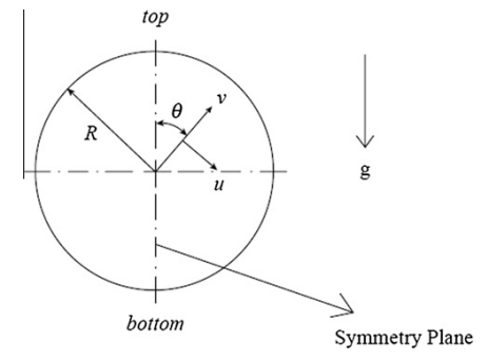
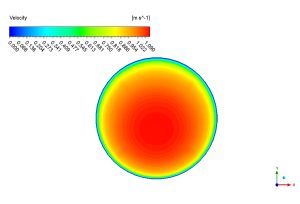





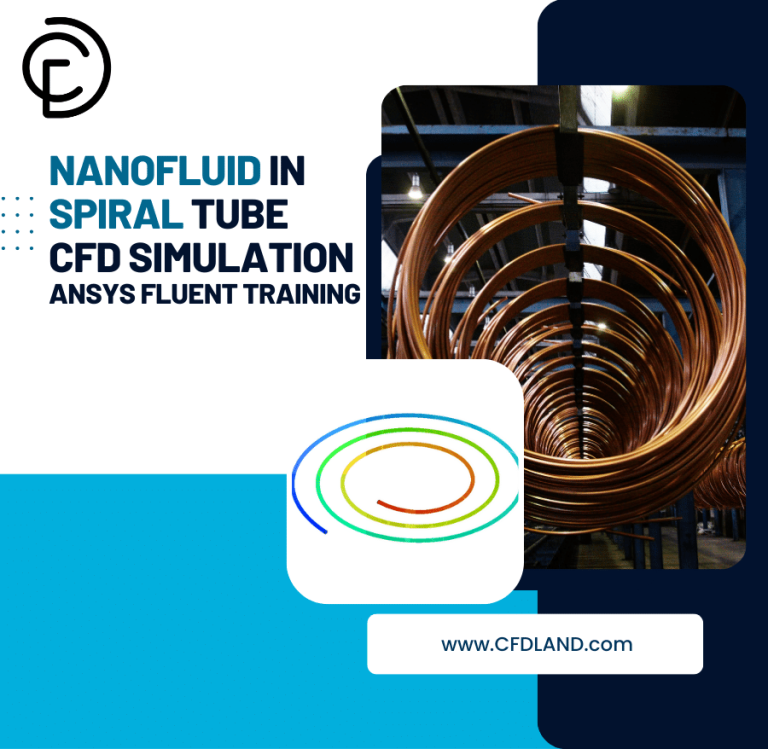
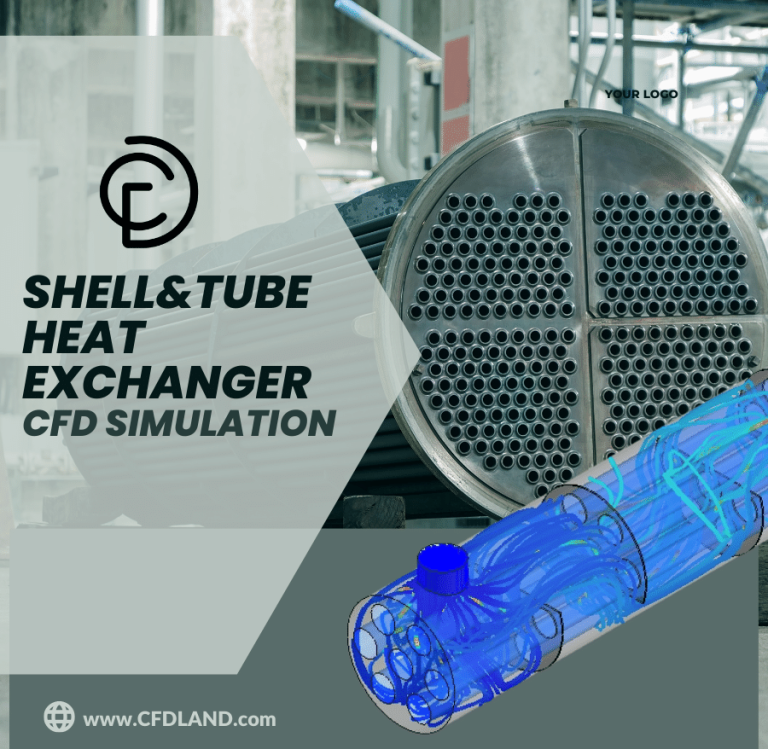

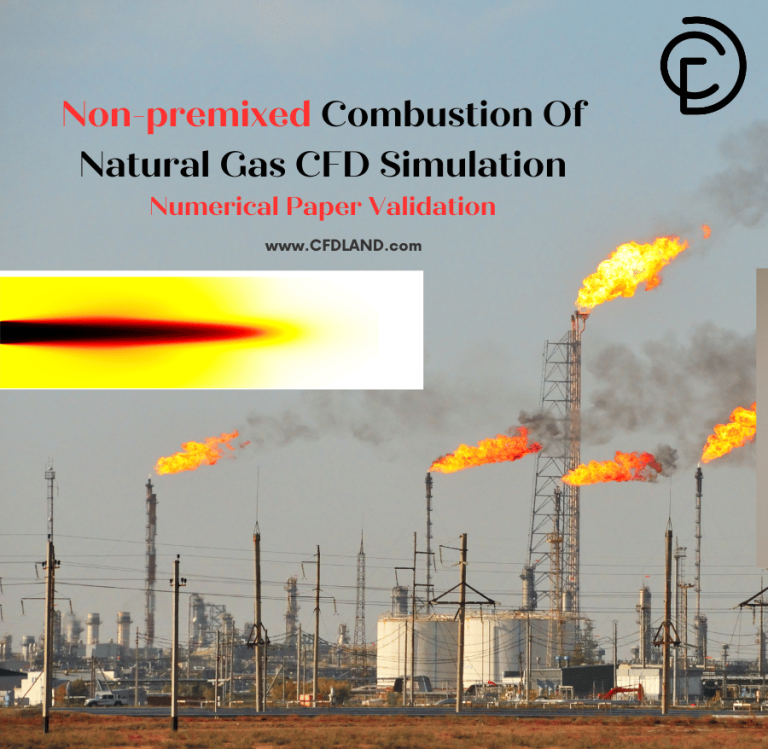
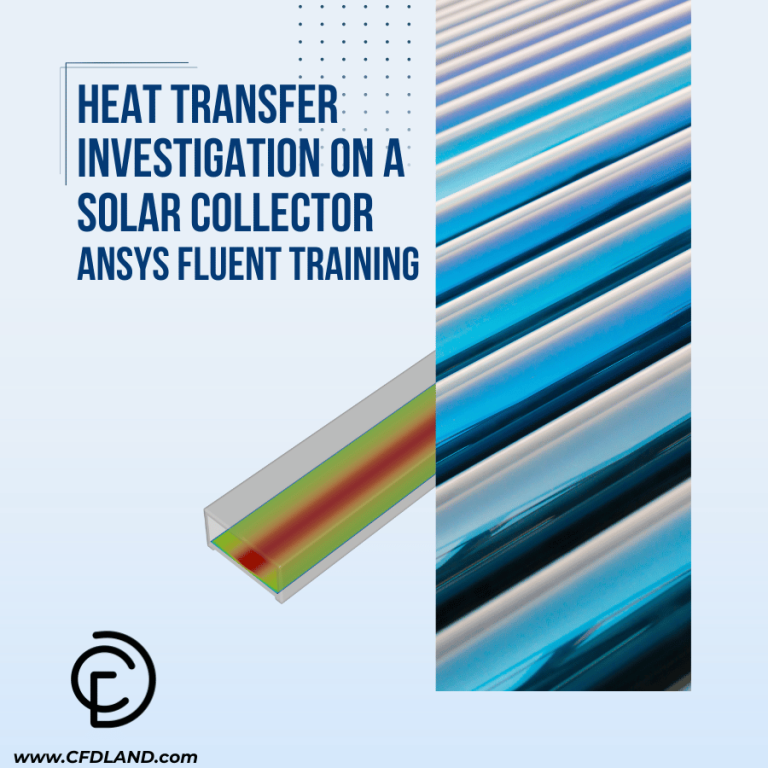

Reviews
There are no reviews yet.